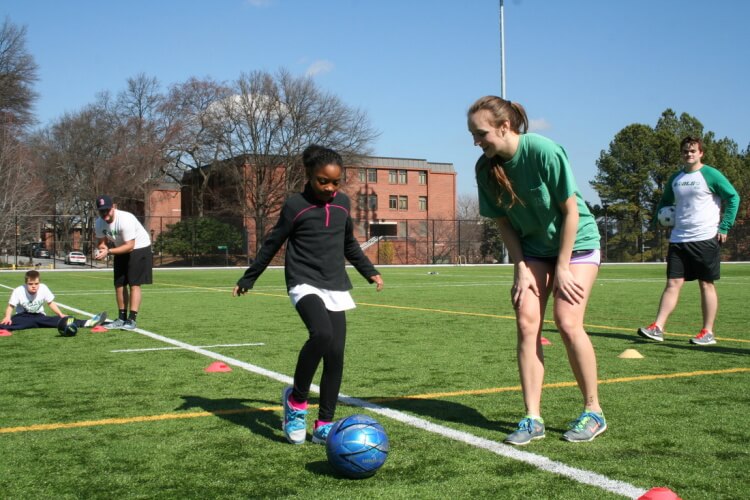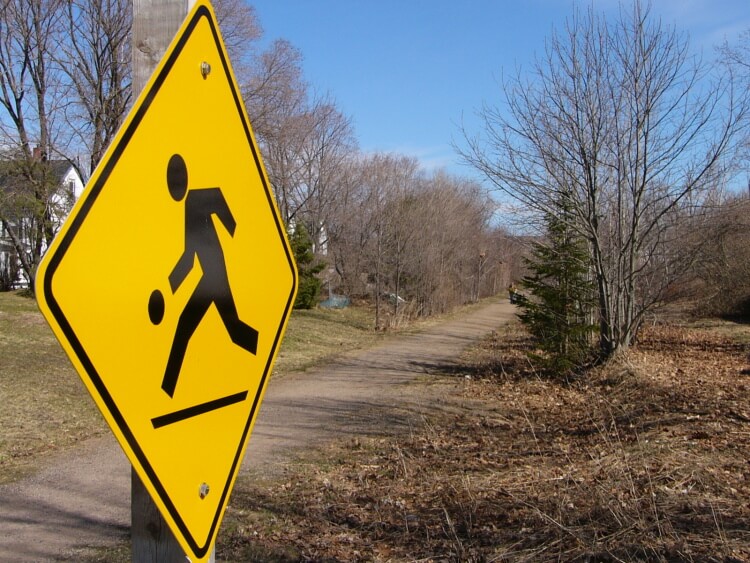Congratulations!
Today is your day,
You’re off to Great Places!
You’re off and away!
You have brains in your head.
You have feet in your shoes
You can steer yourself
any direction you choose.
You’re on your own. And you know what you know.
And YOU are the guy who’ll decide where to go.
(Dr. Seuss, Oh, the Places You’ll Go!)
At the recent SHAPE America National Convention in Seattle, President Dolly Lambdin made a historical announcement. During Wednesday’s opening General Session following an opening message from First Lady Michelle Obama, Dolly informed the audience of SHAPE America’s new statement of purpose.
This fall, students starting preschool will graduate as seniors in 2029. SHAPE America is committing to ensuring every single student regardless of ability will by then be physically active and healthy. Clearly an ambitious and somewhat daunting goal, the 50 million strong by 2029 statement was reminiscent of President John Kennedy’s 1961 vision to put a man on the moon within a decade, and return him safely back to earth. And similar to Kennedy’s moonshot vision, SHAPE America plans to succeed.




